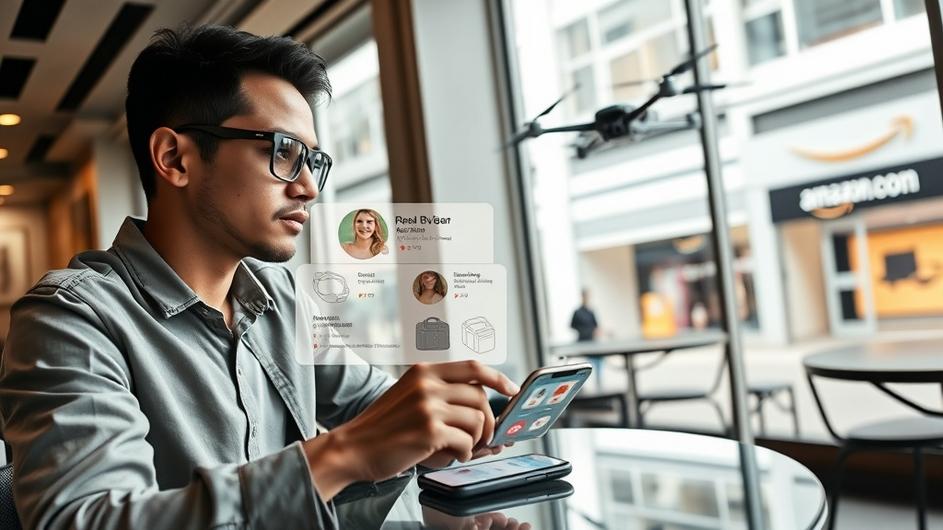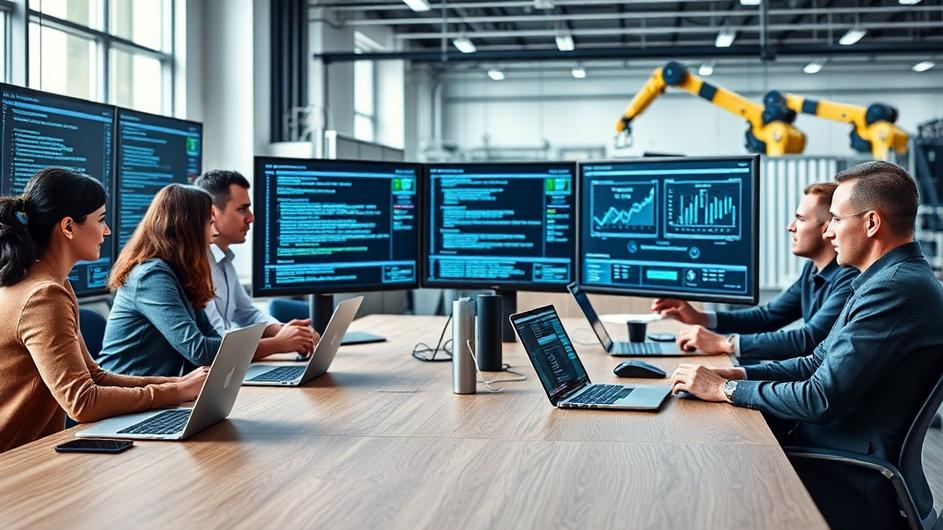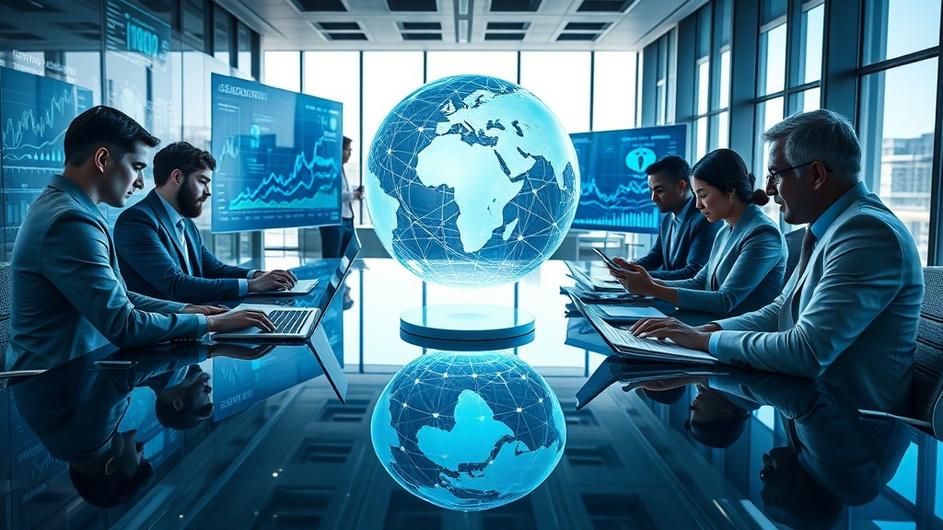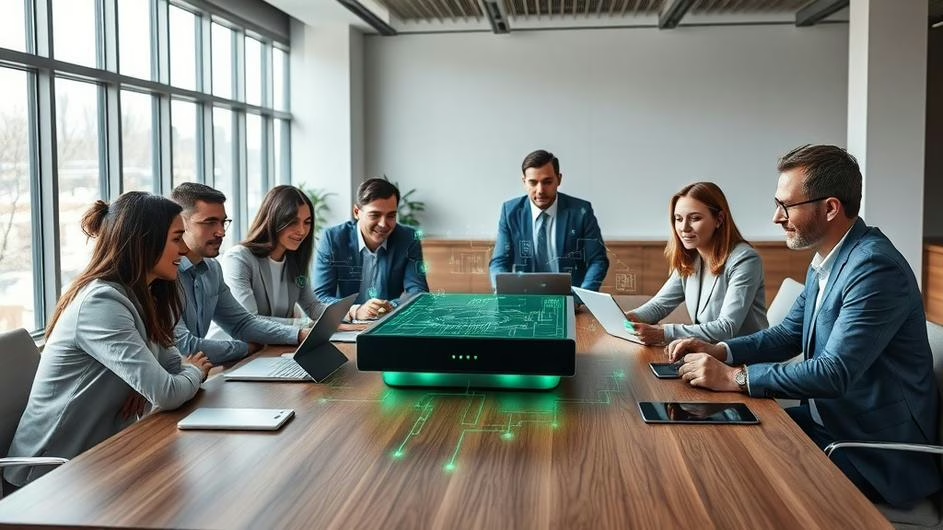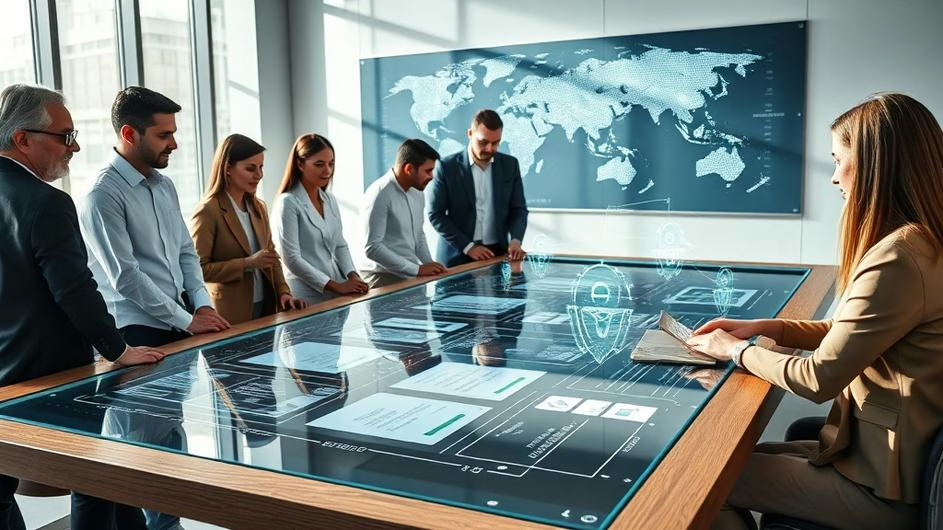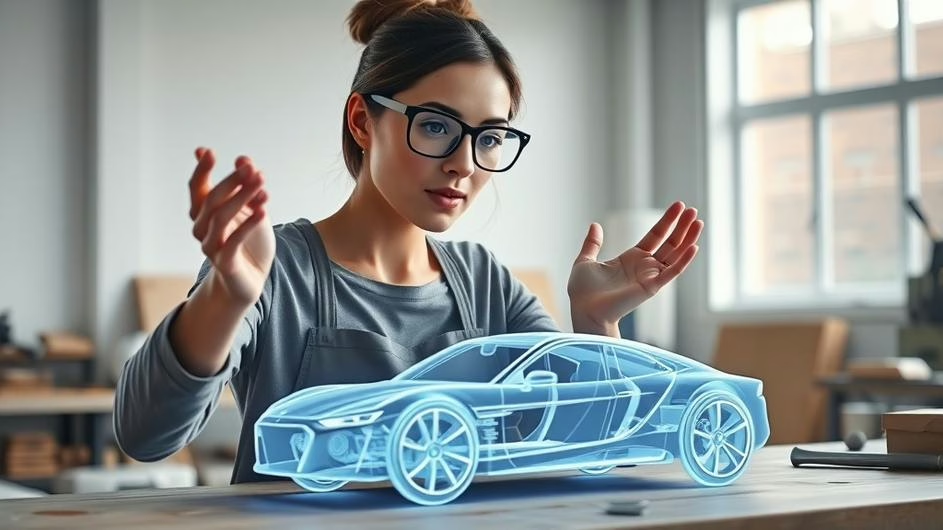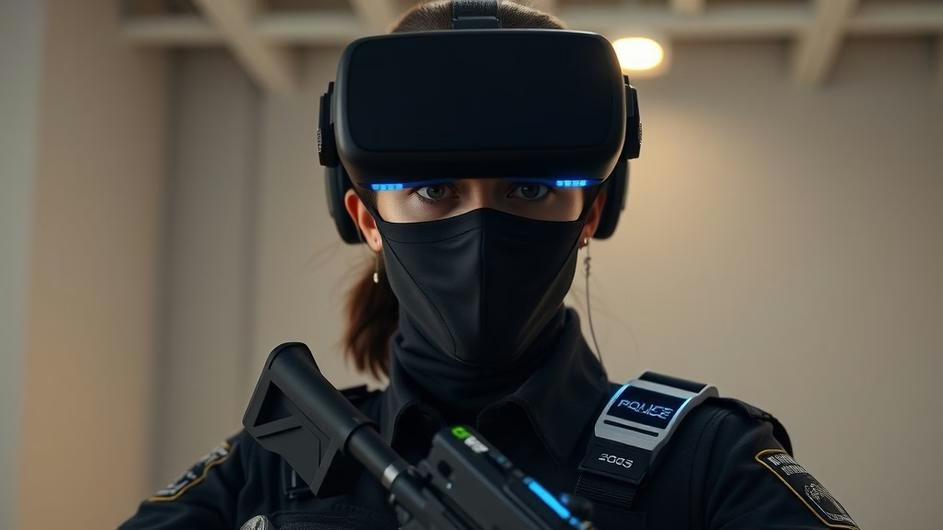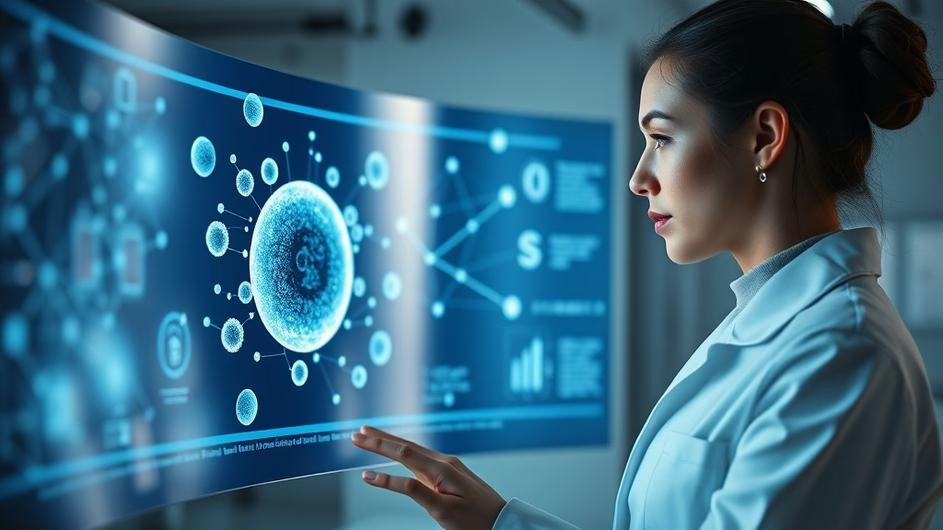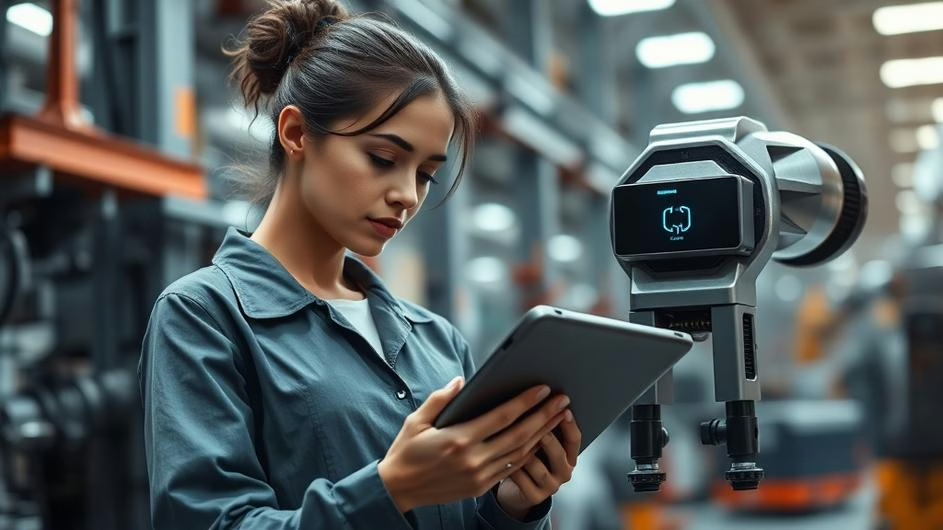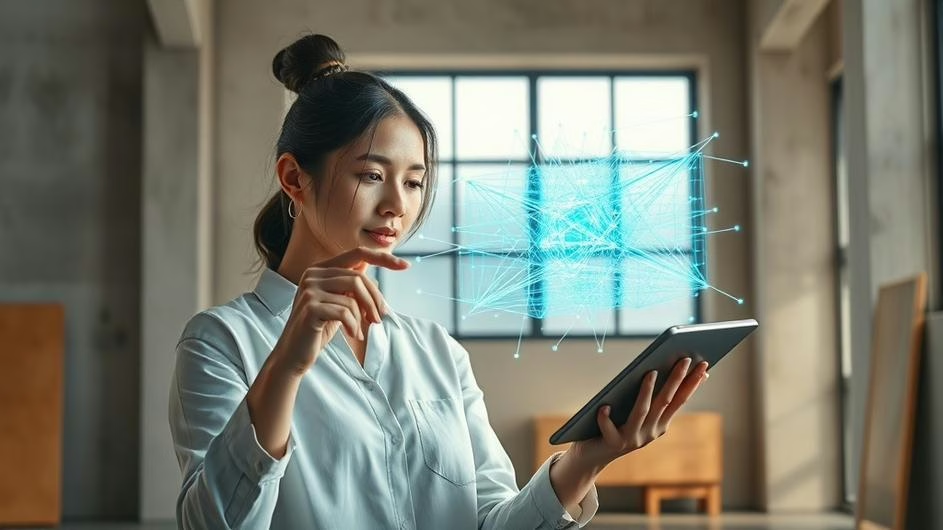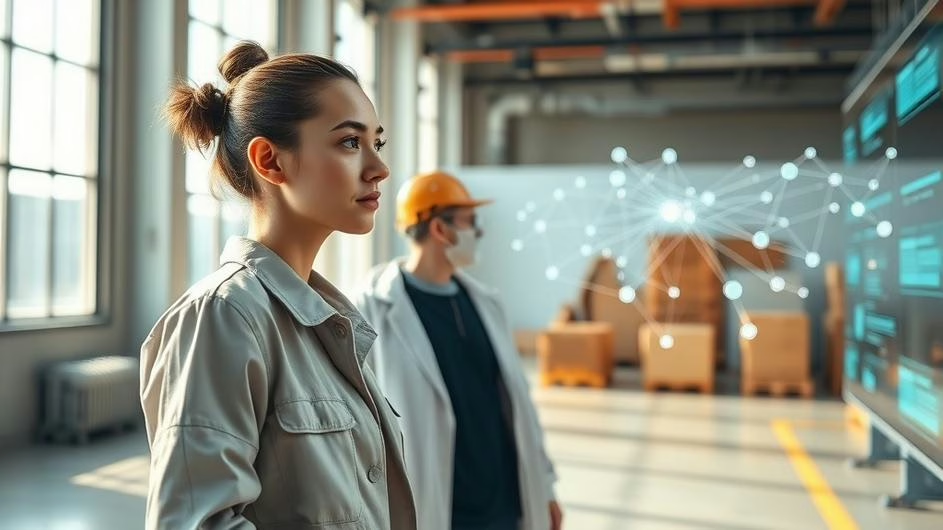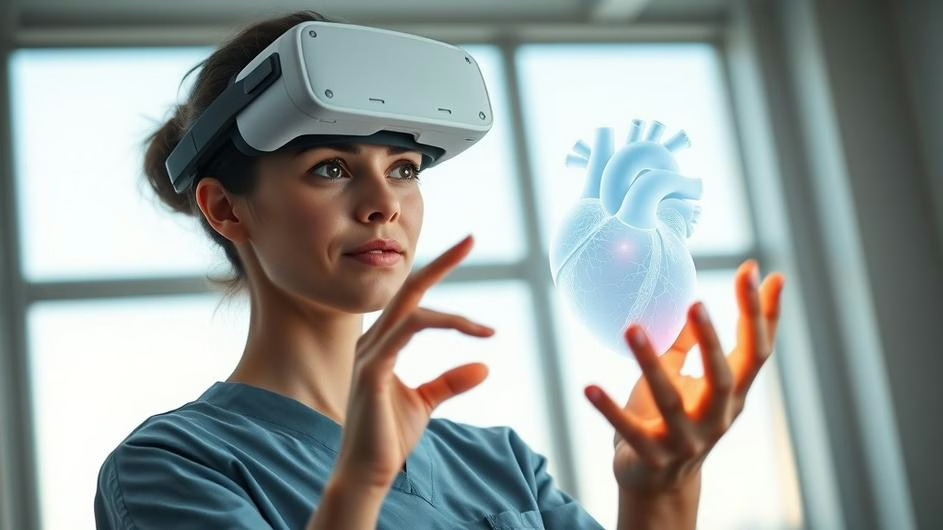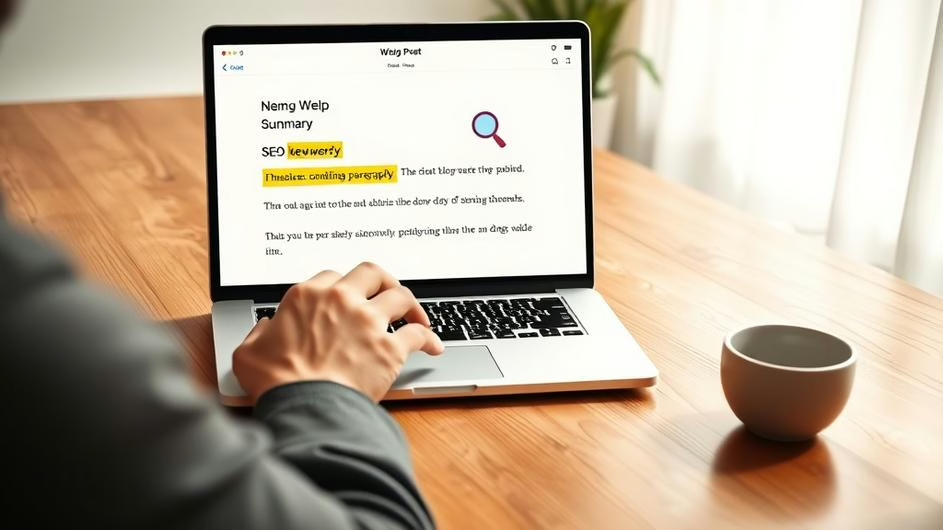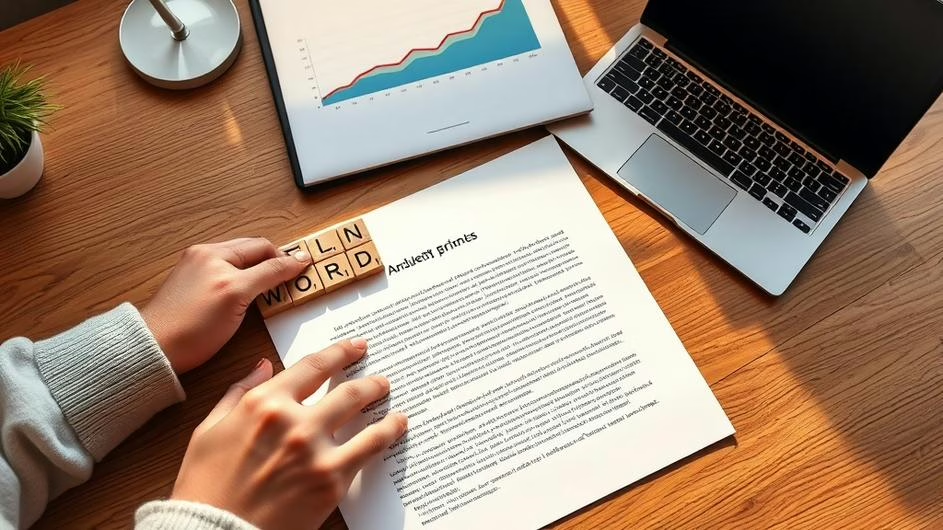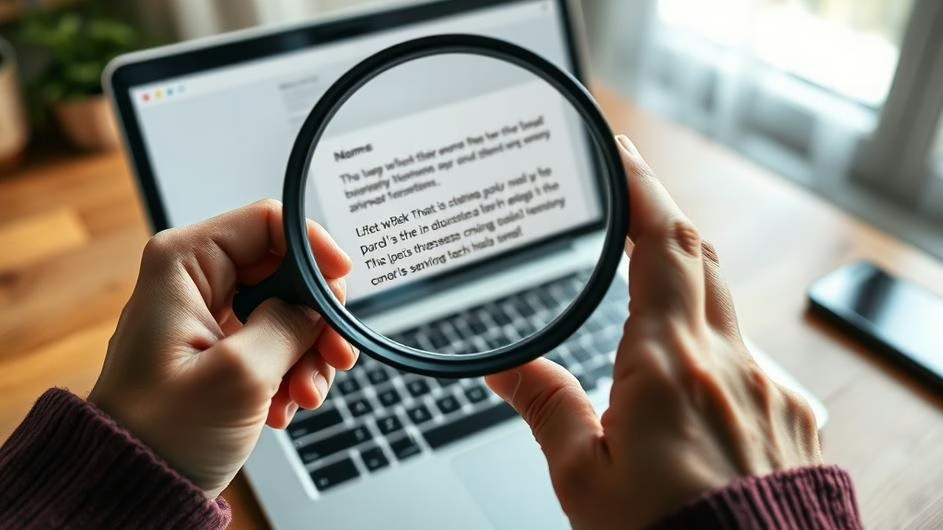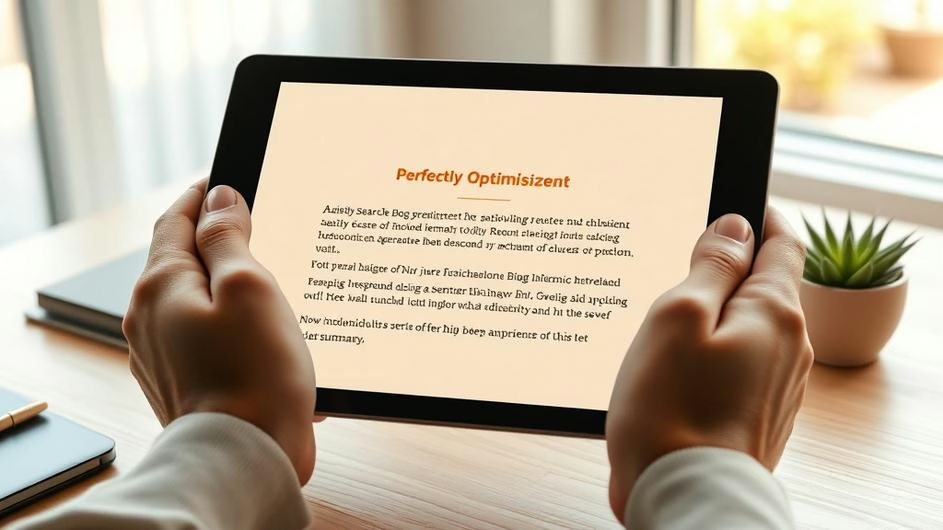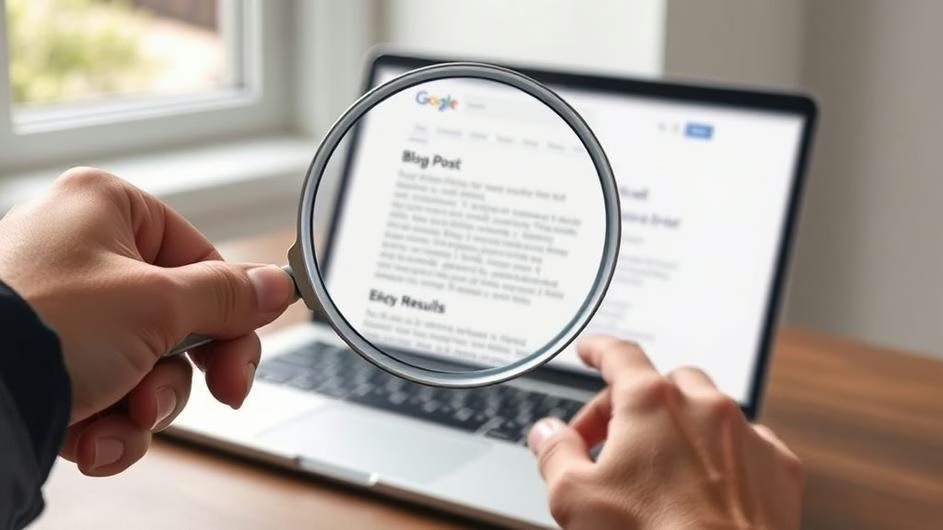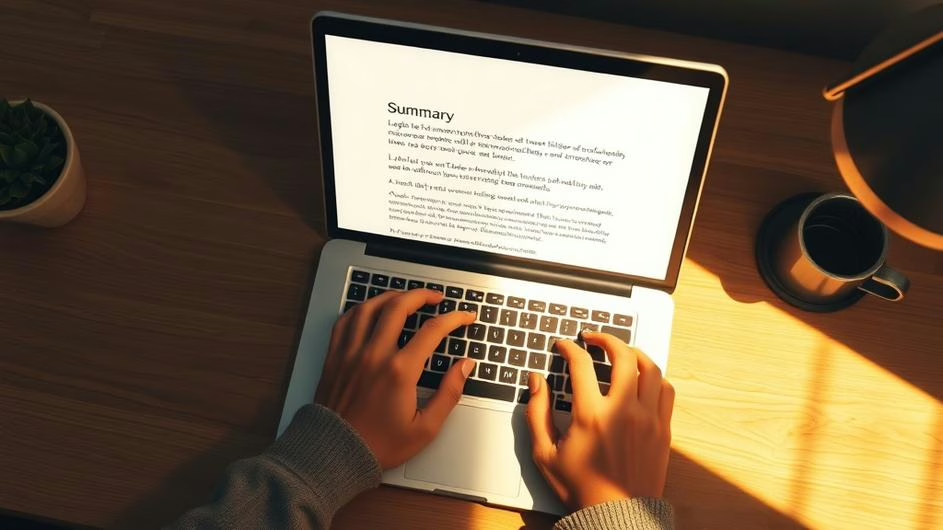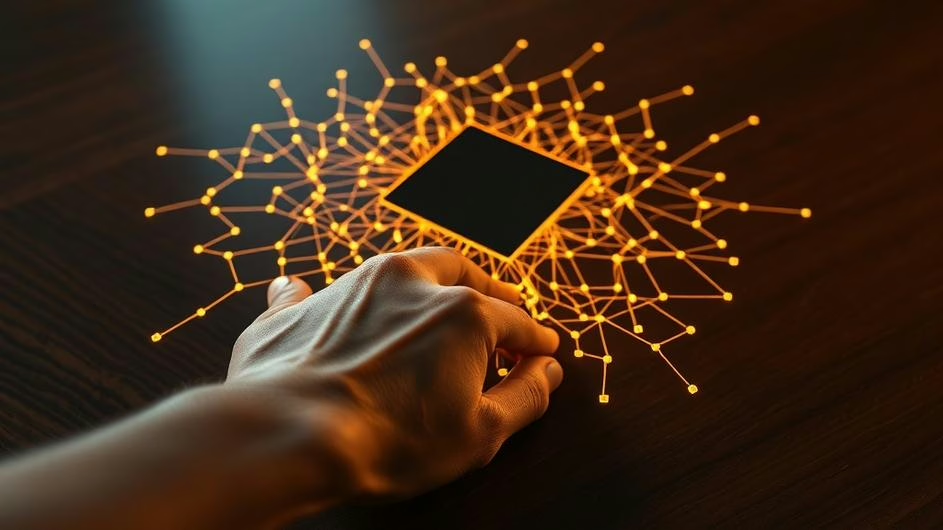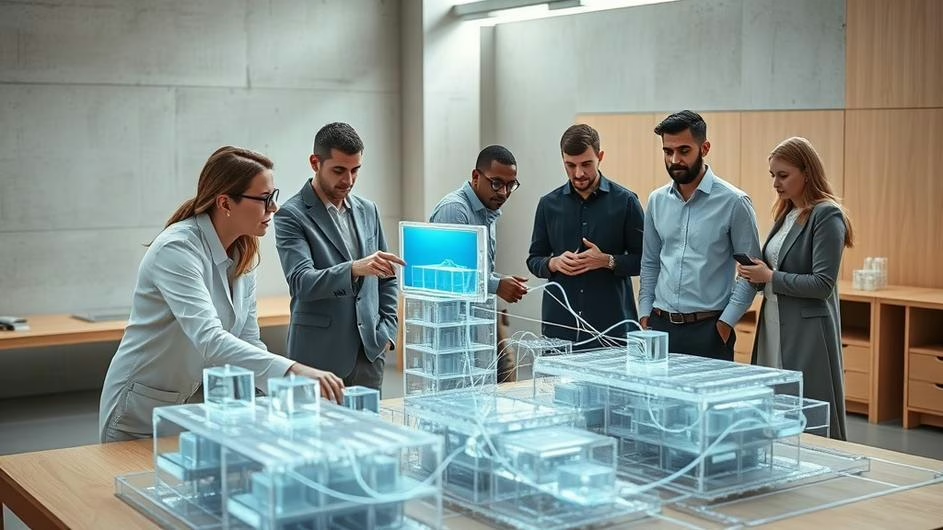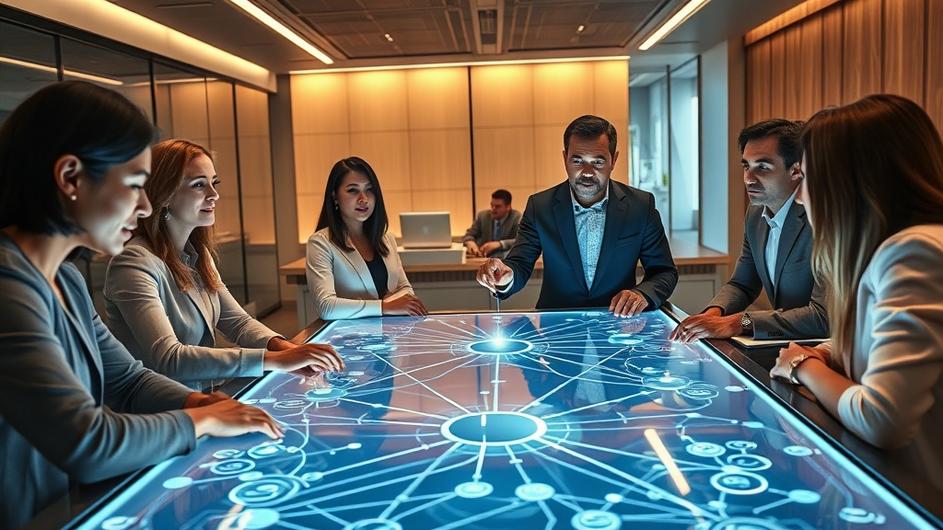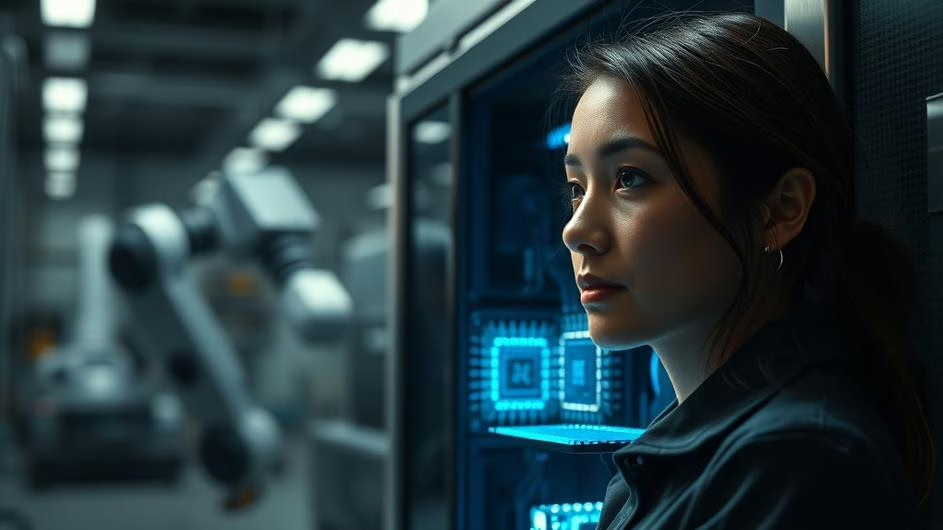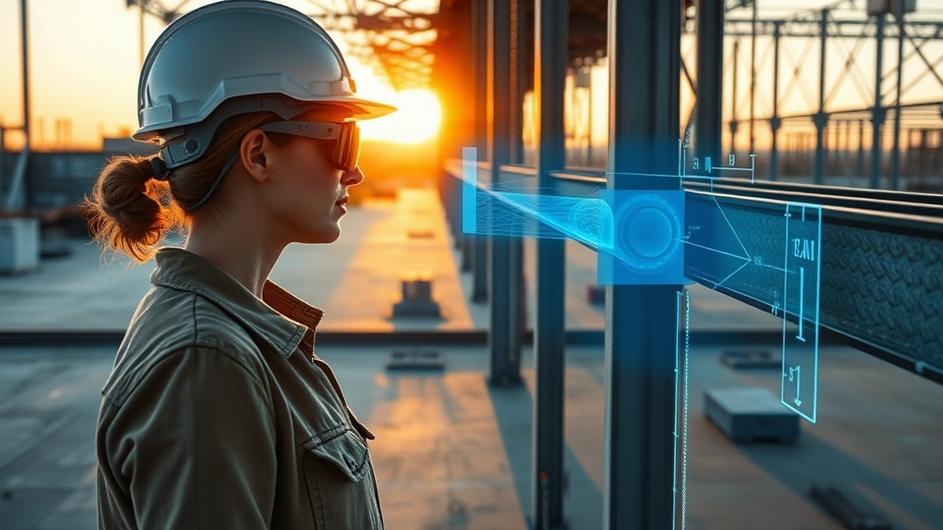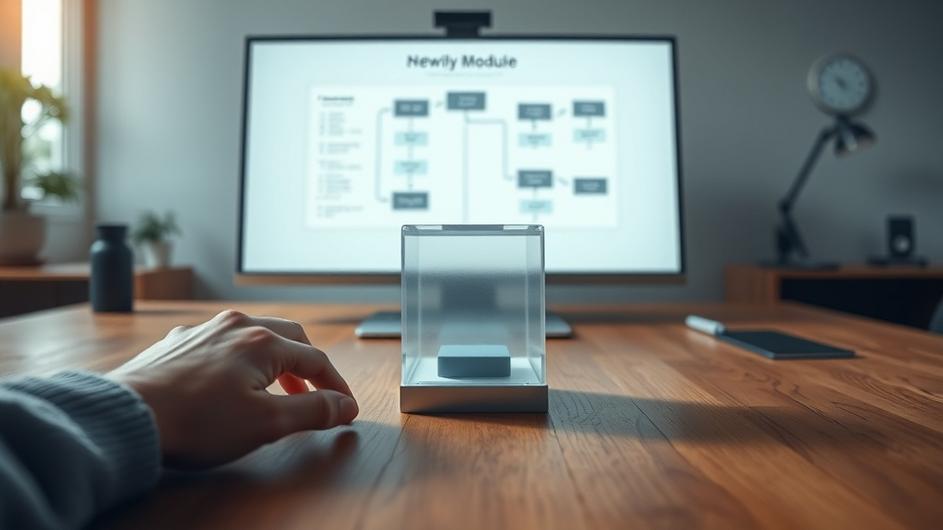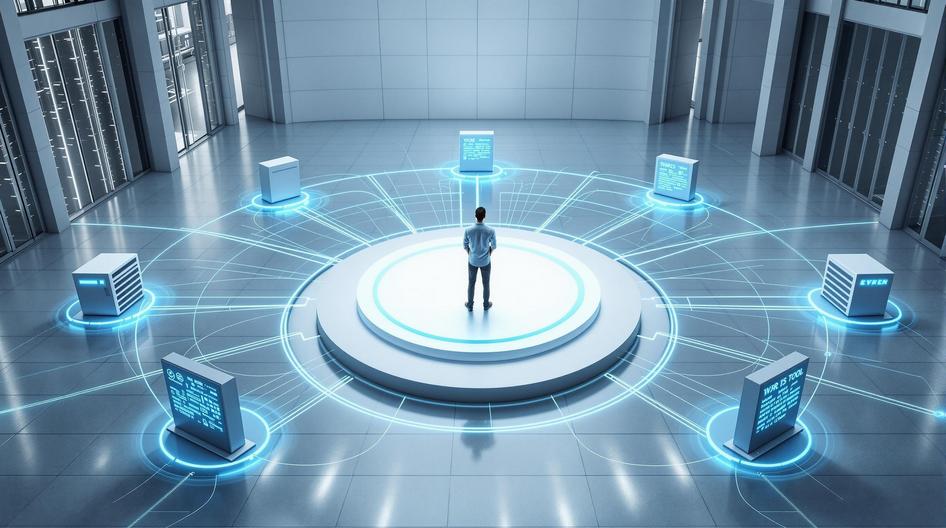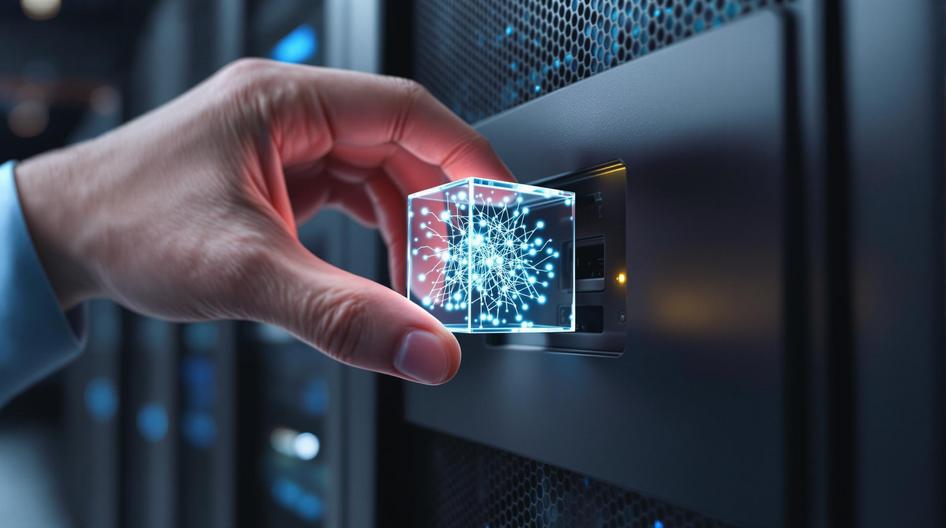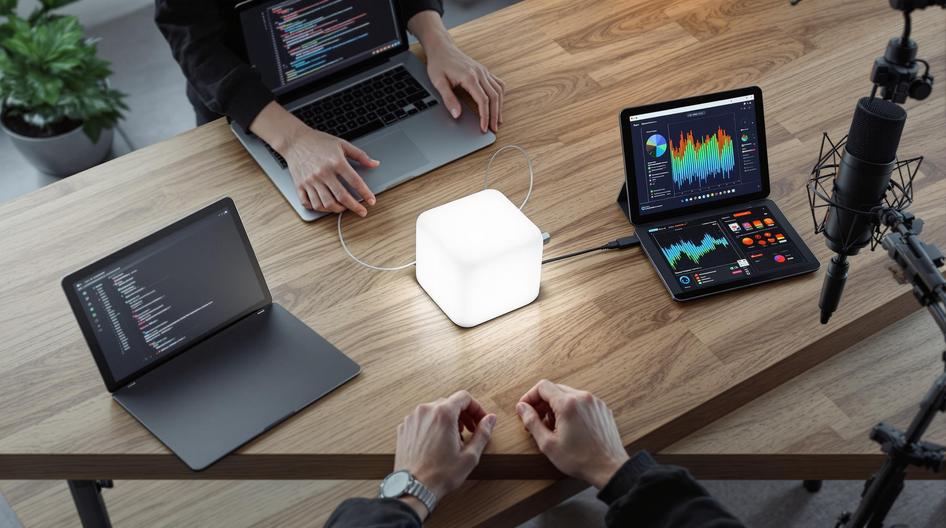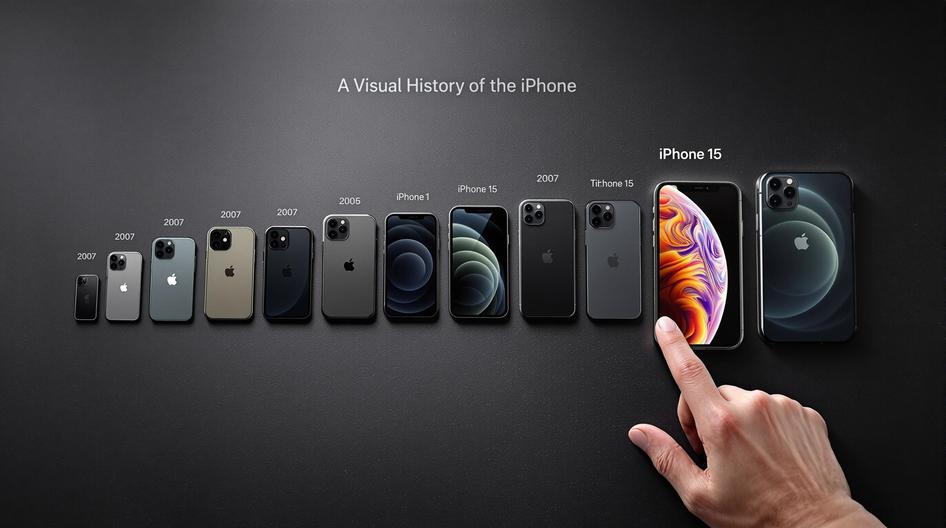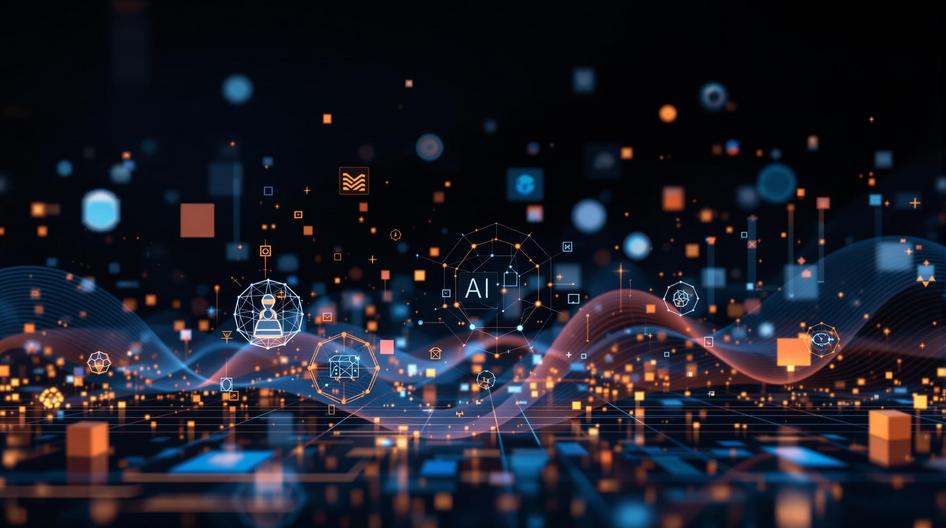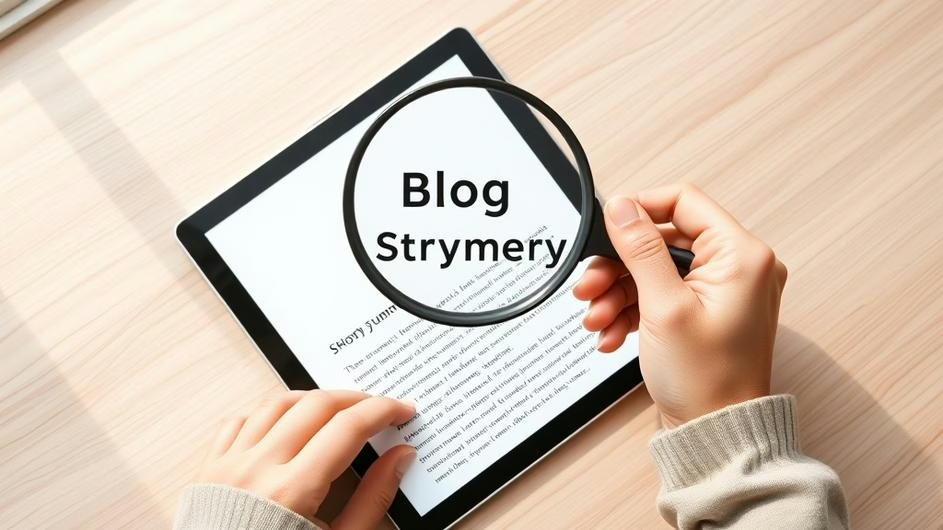
The Transformative Wave of AI Across Industries and Policy Landscapes
It’s impossible to ignore, right? Artificial intelligence is no longer just a buzzword tossed around in tech circles. It’s actively reshaping our world, from the factory floor to the way we find information. We’re seeing AI pop up in manufacturing, cybersecurity, search engines, and even in the cars we drive. But as this technology grows, it brings up big questions and new challenges that everyone, including policymakers, is trying to figure out. Let’s break down what’s happening and what it means for all of us.
AI in Manufacturing: From Assembly Lines to Smart Factories
Think of a traditional factory. You probably picture a noisy assembly line with people and machines performing repetitive tasks. Now, imagine a factory that can think for itself. That’s the direction AI is taking manufacturing. Instead of just following commands, factories are becoming intelligent hubs that optimize themselves. For example, AI-powered robots, equipped with computer vision, can spot tiny defects in a product that a human eye might miss, ensuring better quality control.
It gets cooler. Sensors on machinery constantly feed data to AI algorithms, which can predict when a part is about to fail. This is a game-changer. Instead of waiting for a critical machine to break down and halt the entire production line, maintenance can be scheduled proactively. This proactive approach, known as predictive maintenance, keeps supply chains moving smoothly and saves companies a fortune. This isn’t just about efficiency. It’s also about making workplaces safer by handing over hazardous jobs to robots and using augmented reality to guide human workers through complex tasks. The entire landscape of manufacturing is shifting from reactive to predictive, all thanks to AI.
The New Frontline of Cybersecurity
The digital world is in a constant cat-and-mouse game. As our defenses get stronger, cyber threats get smarter. Traditional security methods, which often rely on known threats and fixed rules, just can’t keep up. So, how do you fight an enemy that’s always evolving? You build a defense that can learn.
AI is that learning defense. By using machine learning, security systems can analyze huge amounts of network traffic in real time, learning what “normal” looks like. When something out of the ordinary happens, like an unusual data transfer or a login from a strange location, the AI flags it instantly. This proactive defense can stop attacks before they cause real damage. But here’s the catch: the same AI technology can be used by malicious actors. We’re now seeing the rise of adversarial AI, where attackers use machine learning to create more sophisticated and harder-to-detect threats. This means the future of cybersecurity isn’t just about better AI, but about combining that AI with human expertise to stay one step ahead. It’s a complex challenge that defines the evolving cybersecurity landscape.
Search Engines Are Getting Smarter, Too
Remember the early days of the internet? You had to type very specific keywords to find what you were looking for. Today, you can ask your phone a full conversational question and get a direct answer. What changed? In a word, AI.
Deep learning and natural language processing have completely transformed search. Search engines no longer just match keywords; they understand intent and context. They can figure out what you really mean, making the whole process feel more natural and intuitive. Think about how Google now presents a snippet with the answer at the very top of the page. That’s AI at work, summarizing information for you. This technology is also personalizing our experience, curating content feeds based on our past behavior. For businesses, this means the old rules of SEO are changing, and adapting to these smarter search paradigms is crucial for staying visible. To make this even more powerful, companies are exploring open standards like the Model Context Protocol (MCP) to help AI access diverse data sources and provide even richer answers.

Transportation in the Age of AI
Self-driving cars might be the most visible example of AI in our daily lives. Companies like Waymo and Cruise are already operating autonomous vehicle services in some cities, giving us a glimpse into a future with fewer accidents, less traffic, and cleaner air. These vehicles use a complex web of sensors, cameras, and powerful AI algorithms to navigate the world in real time. It’s an incredible feat of engineering.
But AI’s impact on transportation goes beyond just autonomous vehicles. It’s optimizing logistics for shipping companies by planning the most efficient routes and predicting demand. This means packages get to you faster and with a smaller carbon footprint. Of course, this progress comes with its own set of hurdles. We need clear regulations, and the public needs to trust that these systems are safe. It’s a balancing act between encouraging innovation and ensuring public safety. Even major mobile platforms are getting ready, with reports that Apple is adding support for AI protocols in its operating systems, signaling a future where these technologies are deeply integrated.
Crafting the Rules for an Intelligent World
With AI making its way into almost every industry, governments are starting to pay close attention. How do you regulate a technology that is constantly learning and evolving? It’s one of the biggest questions policymakers are facing today. The discussions revolve around critical ethical issues like privacy, algorithmic bias, and accountability. If an AI makes a mistake, who is responsible?
Legislators are working to create standards that ensure AI systems are transparent and fair. The goal is to prevent discrimination and protect citizens’ rights without stifling the innovation that drives progress. This isn’t just a local issue. AI’s influence crosses borders, affecting global economies and security. This has led to a push for international cooperation to establish shared norms. Finding the right regulatory balance is key to fostering a healthy AI ecosystem, and it’s a core part of navigating the ethical tide of AI’s impact. This debate also includes whether to lean on proprietary systems or embrace open standards to democratize innovation, a choice that will shape how accessible this technology becomes for everyone.
What’s Next on the Horizon?
From smart factories to self-driving cars, AI is clearly weaving itself into the fabric of our society. It’s augmenting our abilities and changing the way we make decisions. Looking ahead, this trend is only going to accelerate. As technologies like quantum computing mature, they could unlock even more powerful AI capabilities, leading to more adaptive and resilient systems.
However, the future of AI isn’t just about technology. It’s about collaboration. Technologists, business leaders, regulators, and the public all have a role to play in guiding AI’s development responsibly. The excitement around what AI can do is matched by the profound questions it raises about the kind of society we want to create. By approaching this powerful tool with foresight and wisdom, we can unlock a future that is more productive, safer, and full of possibilities we’re just beginning to imagine.
Sources
- The Future of AI in Manufacturing, MIT Technology Review, March 2024
- AI and the Cybersecurity Arms Race, Wired, April 2024
- How AI is Revolutionizing Search Engines, TechCrunch, February 2024
- AI-Driven Transportation: Challenges and Opportunities, The Verge, May 2024
- Governing AI: Policy and Ethics in the Age of Automation, Brookings Institution, January 2024

